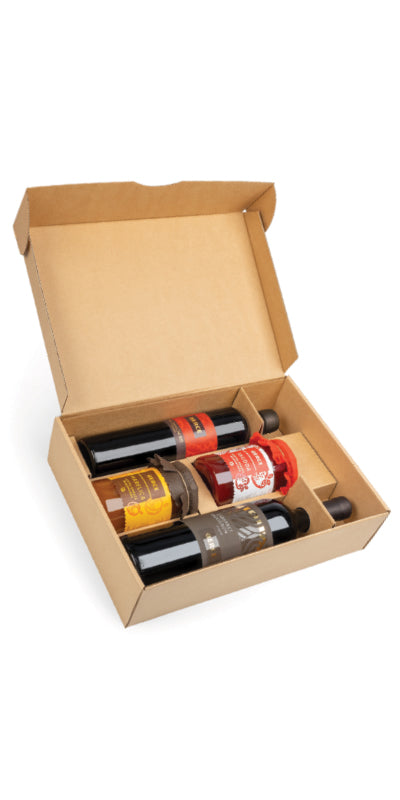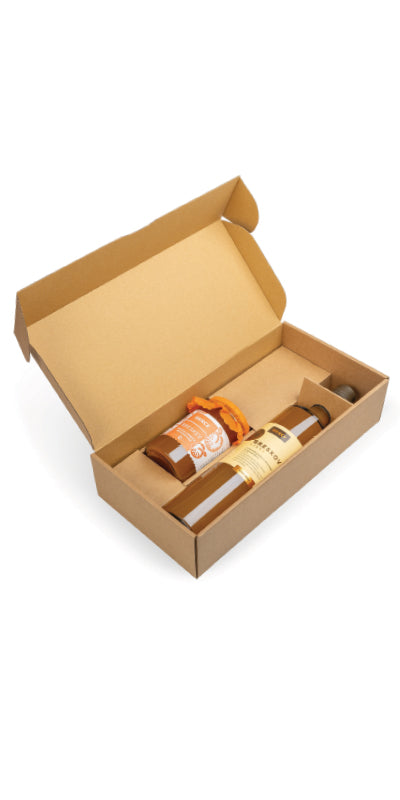Beer style: double India pale ale
Alcohol content: 8%
Packaging: 500 ml
Full carton: 24 x 500 ml
Unfiltered and unpasteurized.
Ingredients: Hubelj water, barley malt (gluten), hops, yeast, and demerara sugar. Double or double India Pale Ale (DIPA) is, according to Pelicon, a blend of hoppy equations, rich in body with a high probability of tropical fruits, apricots, peaches, and blueberries. The likelihood that you will also detect a long bitter aftertaste is much greater than that a pink whale will swim past you. Awarded second place 'BEST OF SHOW' at the Ljubljana Beer Festival 2015. Pelicon Quantum beer is also featured in the book about the best beers in the world — Tim Webb, Pocket Beer Book, 2017. What does Matej Pelicon say about the history of IPA? The United Kingdom, at the height of its empire, had many thirsty people around the world. However, some climates were not suitable for brewing beer, including India. But India, as one of the most important colonies, needed beer. The London brewery Bow was one of the first to send its pale ale on a six-month journey around Africa to India in the late 18th century. The beer was preserved on ships by a higher alcohol content and intense hopping. At the same time, it had a high attenuation or little residual sugars, in wine jargon — it was very dry. The combination of bitterness and dryness emphasizes the drinkability of the beer, which was certainly refreshing in the hot Indian climate. The popularity of IPA in the 19th century was also due to the higher quality of beer from the breweries of Burton. Certainly because of the mineral-rich Burton water sources that positively affect the bitterness and rich hop aroma. Calcium sulfate, in jargon known as Burton salt, helps in the intense hopping of the beer, rounding out the bitterness. It is said that one of the ships was sunk by a storm and barrels of beer were washed back to shore, into the hands of the English. At that time, the style was named India pale ale, and the beer also established itself on the island and in some other Commonwealth countries. Up until both world wars, when the overall category of ale beer began to stagnate and was replaced by mass-produced lager. Post-war optimism led the English to borrow blues and rock'n'roll from the USA and transform them into a new musical genre. They added their own touches, sex appeal, and went to extremes: from the loudest, hardest sounds to psychedelic delusions. Classic rock was born. In the 1970s, English beer experienced — like the indestructible rockers — a comeback tour. Californian microbreweries did not owe England anything and borrowed IPA in return. They brewed a new style on the diluted industrial beer for their fellow citizens, mainly thanks to local aromatic hop varieties. The American IPA was born. They also went to extremes — the bitterest, the strongest, and there is also a dark version of this light style. The drinkability and bitterness of the IPA style, just like in India, also appealed across the pond and brought a global renaissance in brewing. Everything that happened by chance in the 18th century is now planned, fast, and progressive. We are on the hunt for an even better brew than yesterday's, and we are not alone. What does it mean if beers are top or bottom fermented? Top fermentation is most often associated with ale-type beers. It is a method of alcoholic fermentation that occurs in beer when active yeast rises to the surface of the wort and forms a crown (a kind of yeast foam) on it. It mainly involves the yeast Saccharomyces Cerevisiae, which we colloquially call ale yeast. Such yeasts prefer higher fermentation temperatures, around 15 to 25 degrees. The opposite applies to bottom-fermenting yeasts, which we associate with lager-type beers. This fermentation occurs at the bottom of the vessel. It mainly involves the yeasts Saccharomyces Pastorianus, or colloquially, lager yeast. Such yeasts prefer lower fermentation temperatures, around 5 to 10 degrees. “The Minister of Health warns: Consuming alcohol can be harmful to health!”
DPD Slovenia delivers parcels within 1–2 business days. You can choose between home delivery or 800+ Pickup points, including 200+ parcel lockers. With the Predict service and myDPD app, you can easily change the delivery location and/or date.
Explore the brand
Pivovarna Pelicon
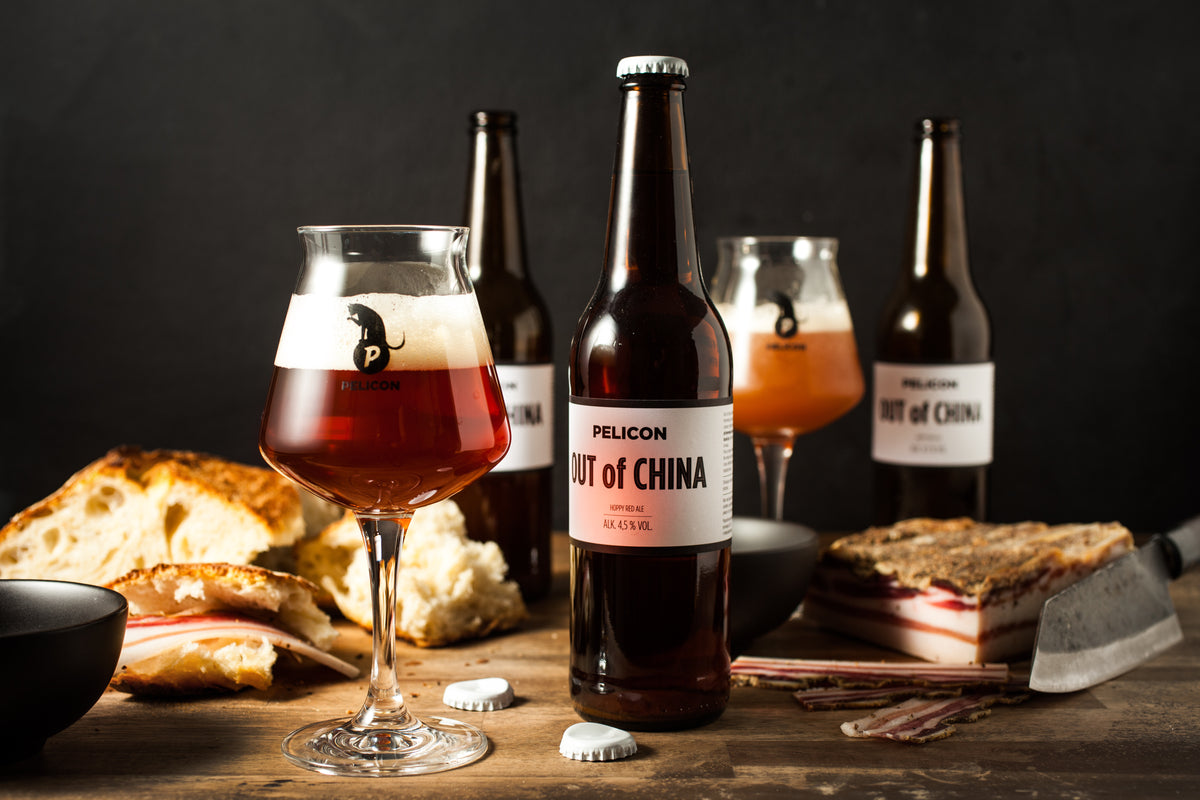
Curious for more Wine and other alcohol



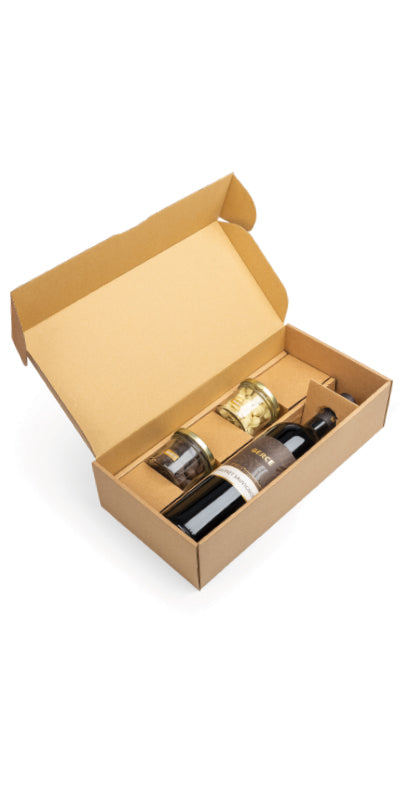

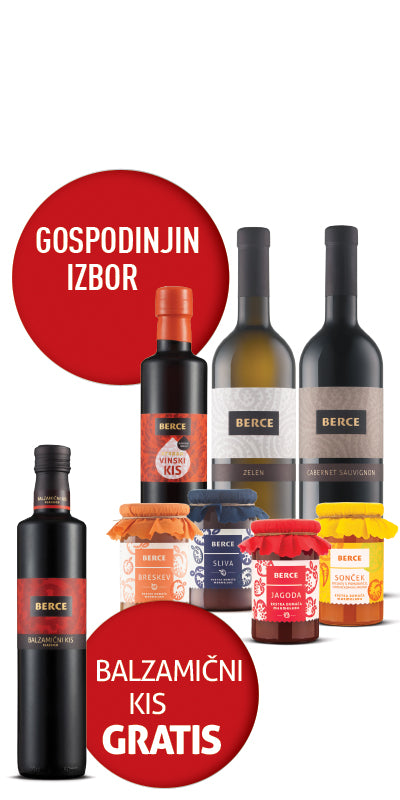



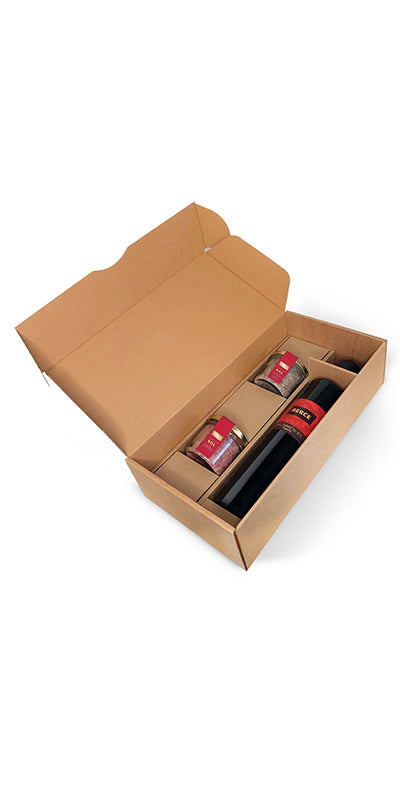

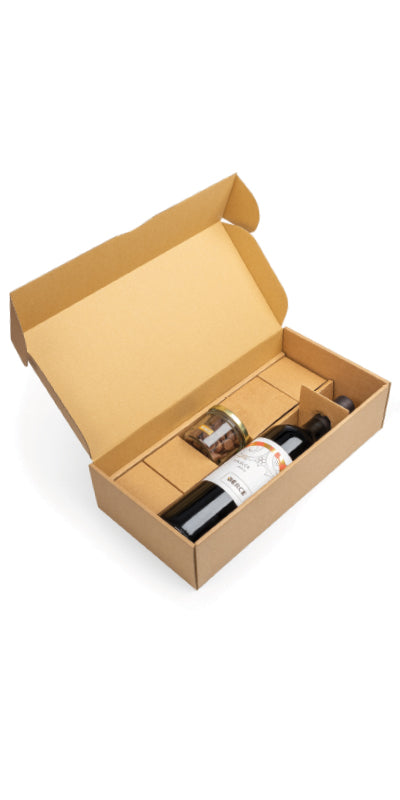
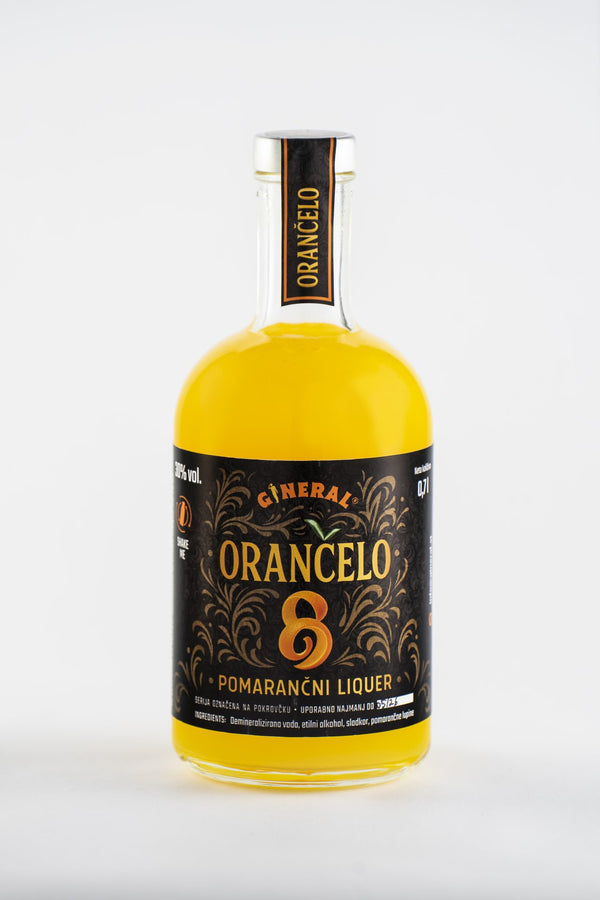




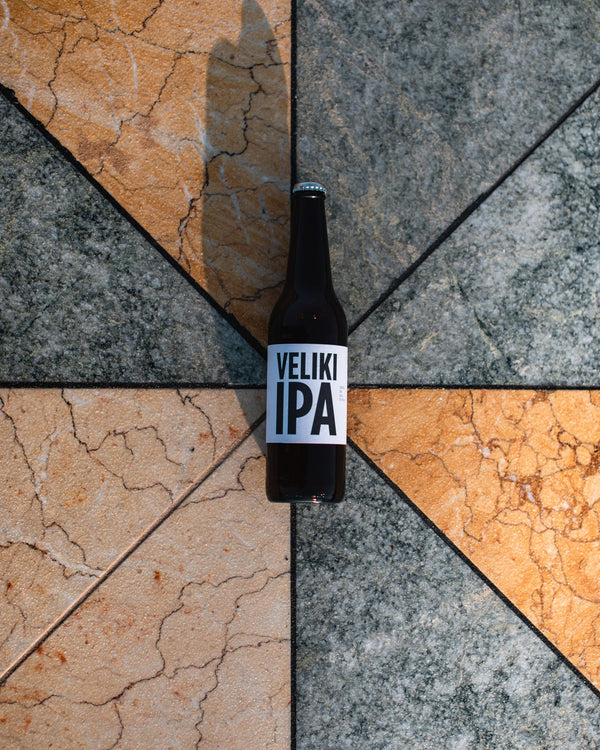
![Mango Milkshake IPA [special edition]](http://www.singular.shop/cdn/shop/files/Mangomilkshake1.jpg?v=1763621449&width=600)

